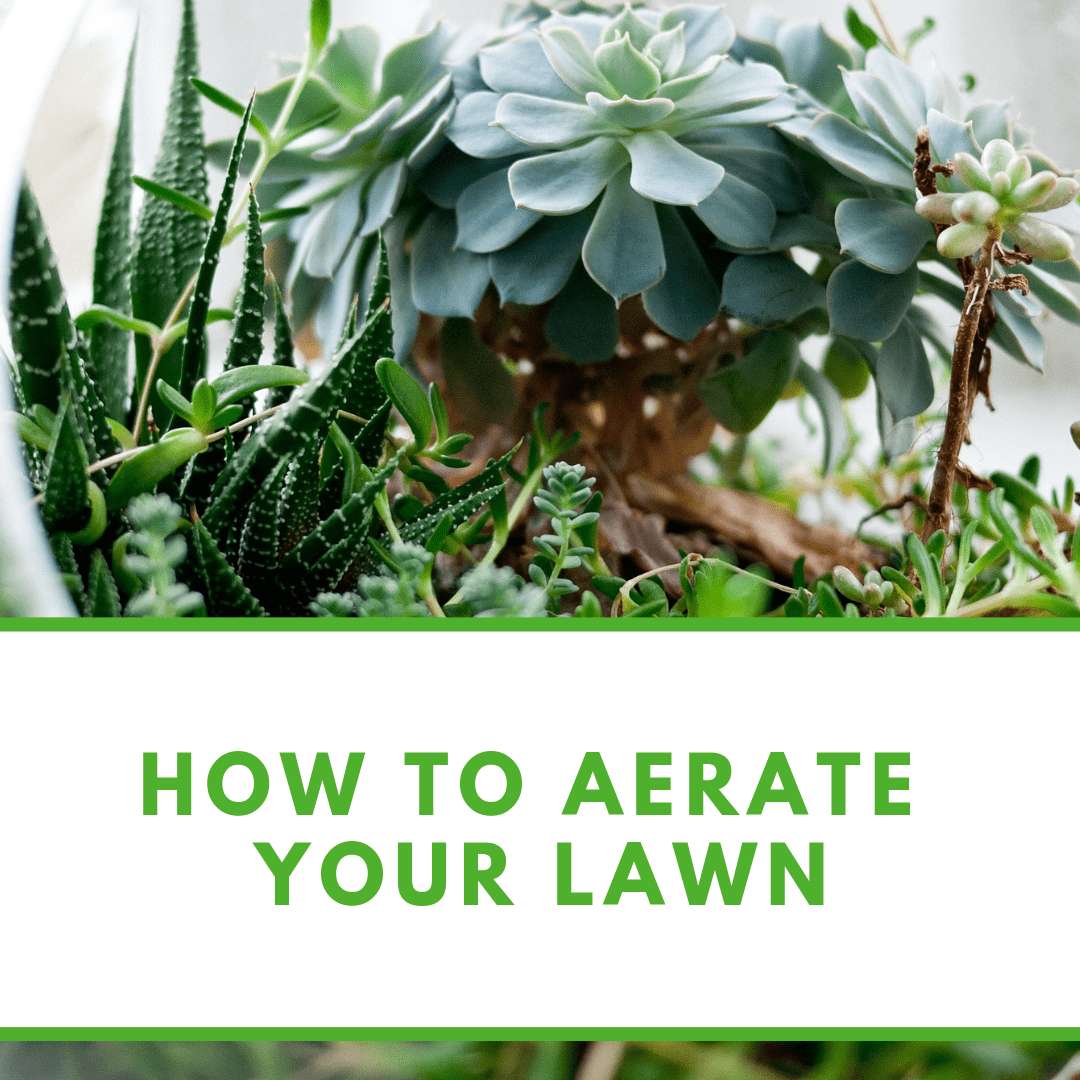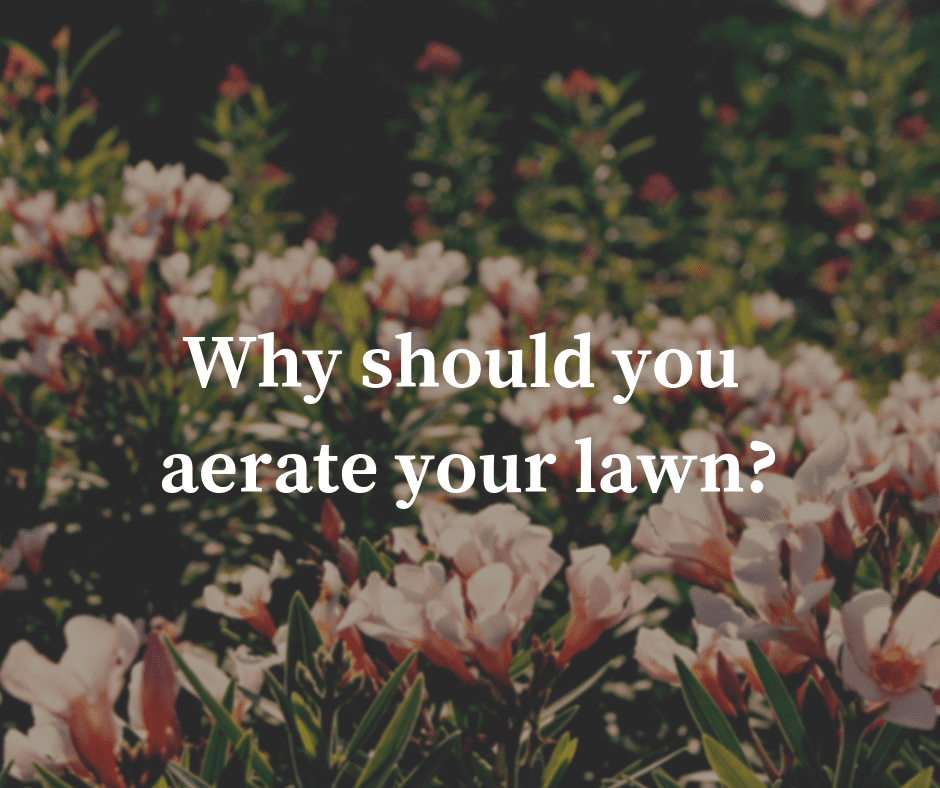
Our featured vendor of the month is Low Budget Lawn Care! We have used Low Budget Lawn care for years and wanted to share the love! Give them a try and tell them we sent you.
When, How, and Why You Should Be Aerating Your Lawn
Are you fixing to start a large landscaping project?
Planning to spread out some grass seed?
If you answered yes to both of these questions you may want to think about aerating your lawn prior to doing so. Aerating your grass just before its peak time for natural growth is the best time. As aerating is great for your yard it can stress the grass if timed inadequately. Do not ever aerate undeveloped lawns.
The best time to aerate is late spring, early summer. This is the best time because it allows your lawn to recuperate quickly and fill areas where the equipment exposed areas of the lawn. You should not aerate your lawn in fall or winter. This can cause frost to get to the roots of the grass and kill it in some areas.
In Gainesville, we really only need to aerate our lawns once a year because our compressed soil from traffic and lawn mowers and parts of clay soil that do not permit roots to penetrate without support.
Aerating your lawn is a long-term project. Steady aeration will result in a healthier and more beautiful lawn.

How do you aerate your lawn?
Aerating equipment comes in three different types, from small manual versions to larger tractor-like or pull-behind equipment:
The most common for small yards are:
Spike aerators just poke a hole down into the soil with a solid, spike-like tine. Some homeowners wear spiked aerator “sandals" strapped to their shoes to aerate as they do yard work. While these can help on a small scale, spike machines can make compaction worse by pressing soil together around the holes.
For small to medium yards:
Slicing aerators have rotating blades that cut or slice through grass and thatch and down into soil. Like spike aerators, slicing aerators leave soil in the ground, but they create pathways for air, water and nutrients without causing more compaction.
For Medium to Large yards:
Core or plug aerators, typically preferred by lawn professionals, use rows of hollow tines that remove plugs of soil from your lawn and deposit them on top, where they break down. The size of the plugs and the holes they create vary in width and depth, depending on the machine used.
You can hire a lawn company to aerate for you or do it yourself like a professional. Equipment rental businesses and lawn and garden stores often rent aerator equipment and provide basic operating instructions for the model you choose.
Aerating is a lot like mowing as you work back and forth across your lawn. Focus on any known problem areas, like pet runs. Make numerous passes in different directions to help assure best coverage and benefits.

Why should you aerate your lawn?
If your lawn is pooling in areas after rain or your irrigation system has run. This is causing the water to sit on top of the grass and not make it down to the roots. You can also use a screwdriver to test areas of your lawn where you think you will need it to be aerated.
You can stick the screwdriver into the ground. If you are having trouble do this, it is a sign that it's time to aerate. Preferably your soil will be loose and light. Another sign that it's time for aeration is the buildup of thatch. Thatch is a layer of alive and dead organic matter that occurs between the grass and the soil. A thatch layer is normal and expected in Gainesville, but a lot of thatch can create an environment that is primed for lawn harmful bugs and disease problems to the grass.

